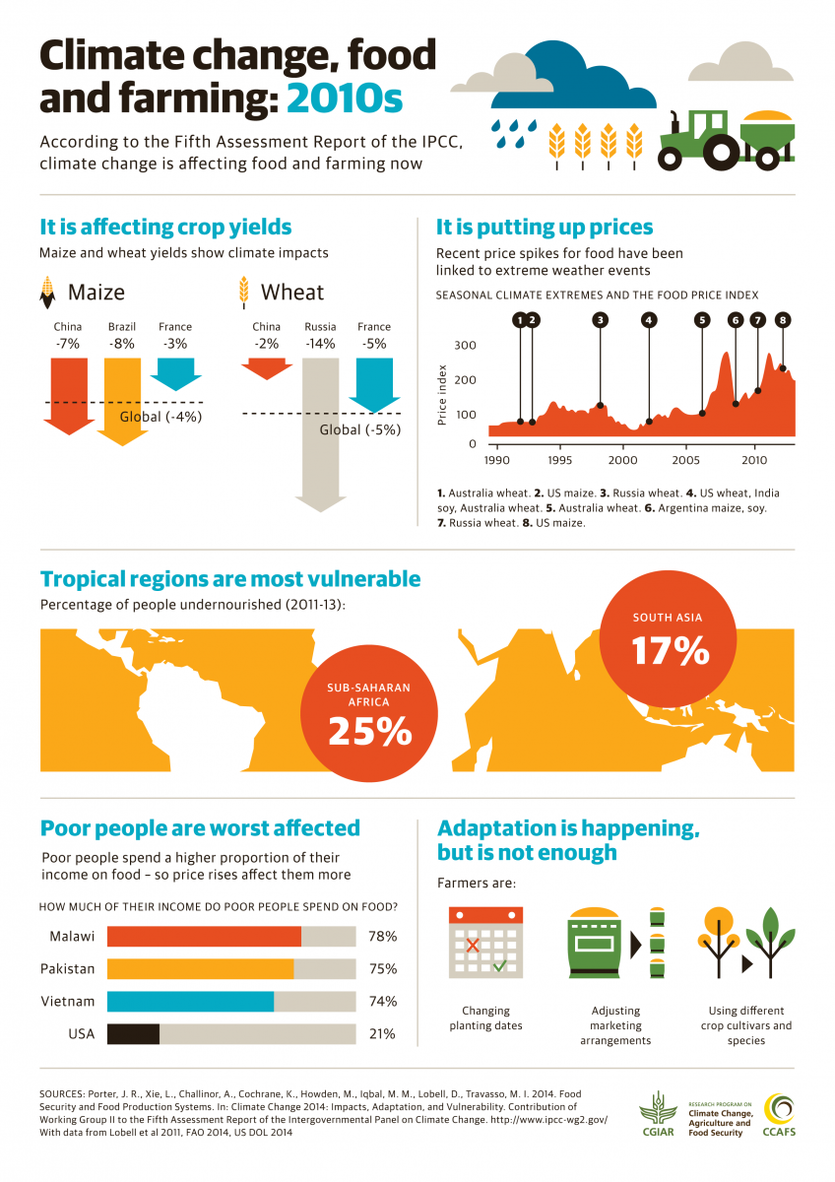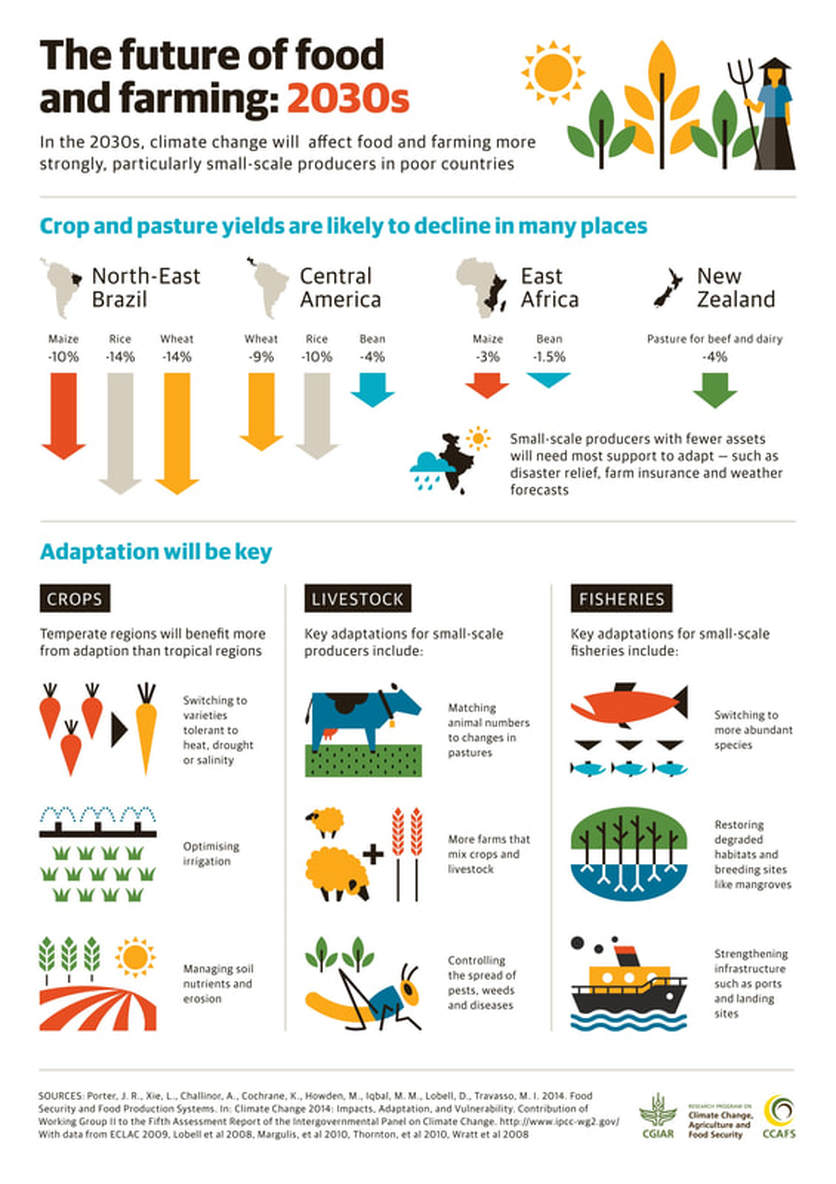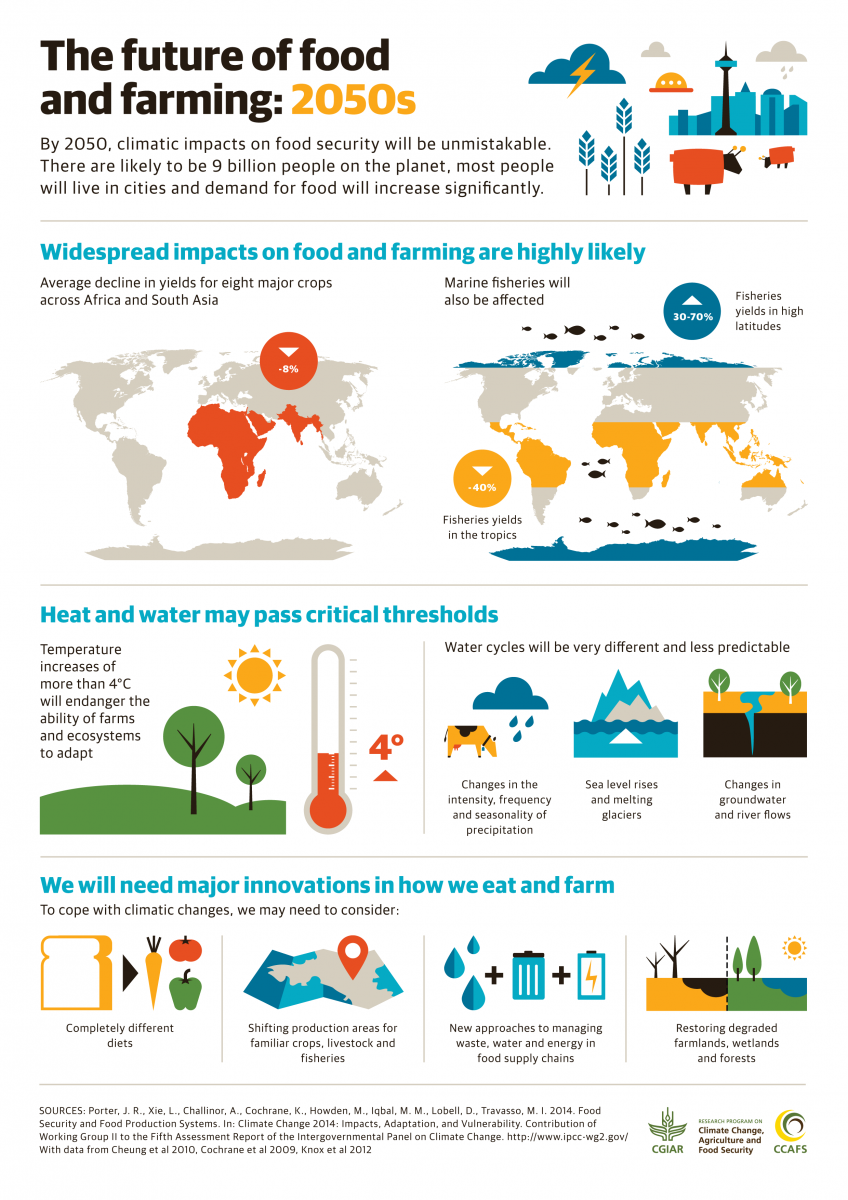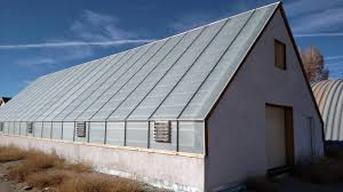FOOD 4 ALL
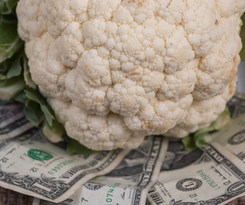
What if food prices went up 10%, would that be a problem?
What if food prices went up 20%, would that be a problem?
What if food prices went up 50%, would that be a problem?
What if food shortages started to happen and there was 10% less food on the shelves?
What if food shortages started to happen and there was 20% less food on the shelves?
What if food shortages started to happen and there was 50% less food on the shelves?
At what point does this become a crisis ?
Food security is at risk, it is good to know what to expect, and have a plan to mitigate it.
A Secure Food Ecosystem
Local food production means local food is available to the supermarket at competitive pricing. This means local farmers can grow year round and create a whole new industry in Kitsap County. Jobs will be created and we will have a secure food source no matter what happens. What can be better than that?
We can do better!
What if food prices went up 20%, would that be a problem?
What if food prices went up 50%, would that be a problem?
What if food shortages started to happen and there was 10% less food on the shelves?
What if food shortages started to happen and there was 20% less food on the shelves?
What if food shortages started to happen and there was 50% less food on the shelves?
At what point does this become a crisis ?
Food security is at risk, it is good to know what to expect, and have a plan to mitigate it.
A Secure Food Ecosystem
- Diversity of crops
- Year round growth cycles
- A permaculture approach
- High efficiency grow centers
- Use of water reduction and reprocessing
- Efficient and minimal transportation routes
Local food production means local food is available to the supermarket at competitive pricing. This means local farmers can grow year round and create a whole new industry in Kitsap County. Jobs will be created and we will have a secure food source no matter what happens. What can be better than that?
We can do better!
Resiliency requires that “all” of the basics are covered and secure, by this we mean, Food, Water, Power, Medical/Health, Shelter, Transportation, etc. To this end we are addressing day to day needs and developing the needs during a crisis.
Food availability is critical, and at risk when most of our food is brought onto the peninsula from elsewhere. Did you know that we have 3 days worth of food, given our population of 266,000, on the peninsula any given day? That is a longer story and will be addressed later, in another chapter.
The Food for All project, a sub-project of the Kitsap Resiliency Project, is targeted at developing the capacity to grow food locally that can provide local markets with produce and feed the people in a crisis.
We plan to accomplish this in several stages and hope to engage our farming community in the process.
Food availability is critical, and at risk when most of our food is brought onto the peninsula from elsewhere. Did you know that we have 3 days worth of food, given our population of 266,000, on the peninsula any given day? That is a longer story and will be addressed later, in another chapter.
The Food for All project, a sub-project of the Kitsap Resiliency Project, is targeted at developing the capacity to grow food locally that can provide local markets with produce and feed the people in a crisis.
We plan to accomplish this in several stages and hope to engage our farming community in the process.
- Stage One: A fully functional grow center located in Kitsap that will grow organic produce year-round. We are currently looking for a local outlet for the vegetables, perhaps the schools, or local markets. This project is in early stages and we will provide updates as it progresses.
- Stage Two: A full scale growing center on 15 acres of land that can provide fresh, organic produce to thousands of people. This will be a private commercial project that has the caveat, that during a crisis, the food will be provided to the populace.
- Stage Three: Replication throughout Kitsap County, providing a growing industry, jobs, economic benefits and healthy food and food security.
|
Cost Effective efficient grow center technology, here today:
|
SecurityUN World Food Program ReportDuring the last two decades, 200 million have been lifted out of hunger and the prevalence of chronic malnutrition in children has decreased from 40 to 26 percent.
In spite of this progress, according to the World Bank, 702 million people still live in extreme poverty and, according to this year's report on the State of Food Insecurity in the World (SOFI), 793 million people are undernourished. Among the most significant impacts of climate change is the potential increase of food insecurity and malnutrition. But, how exactly? More, follow this link: https: 2018 Global Report on Food Crises |
Local ProductionAvailability of local food key to improving food security
Date: May 9, 2011 Source: University of Missouri-Columbia Summary: The production of sustainable, locally grown foods is key to providing long-term food security for communities, according to a new study. The research highlights strategies, including community supported agriculture and school gardens, that policy makers and individuals can use to support sustainable food systems and improve access to local, healthy foods. Most strategies to assist the hungry, including food banks and providing food stamps through the Supplemental Nutrition Assistance Program... More, follow this link: Availability of local food key to improving food security |
Elements of a Secure Food Ecosystem
- Diversity of crops.
- Year round growth cycles with reliable output for market development and sustainability.
- A permaculture approach to maximize benefits while minimizing aggressive intervention practices, also reducing costs.
- Passive approach to development of growing centers utilizing placement, thermal mass, geothermal and renewable energy sources to provide power.
- Use of water reduction and reprocessing technologies to minimize footprint and to return as much water as possible to the natural systems.
- Efficient and minimal transportation routes, further reducing costs and impacts.
